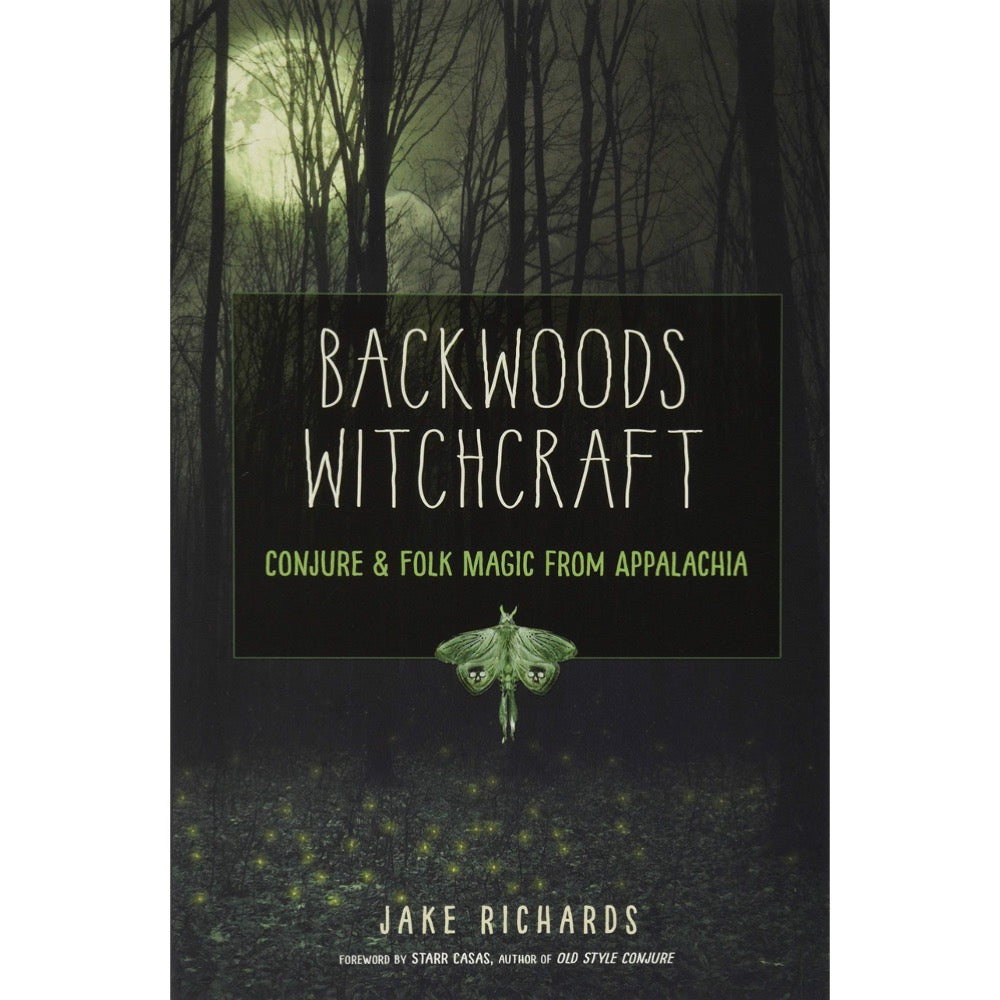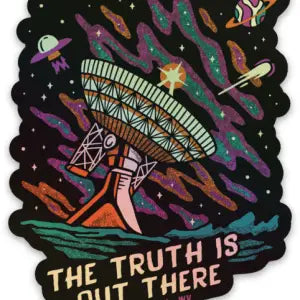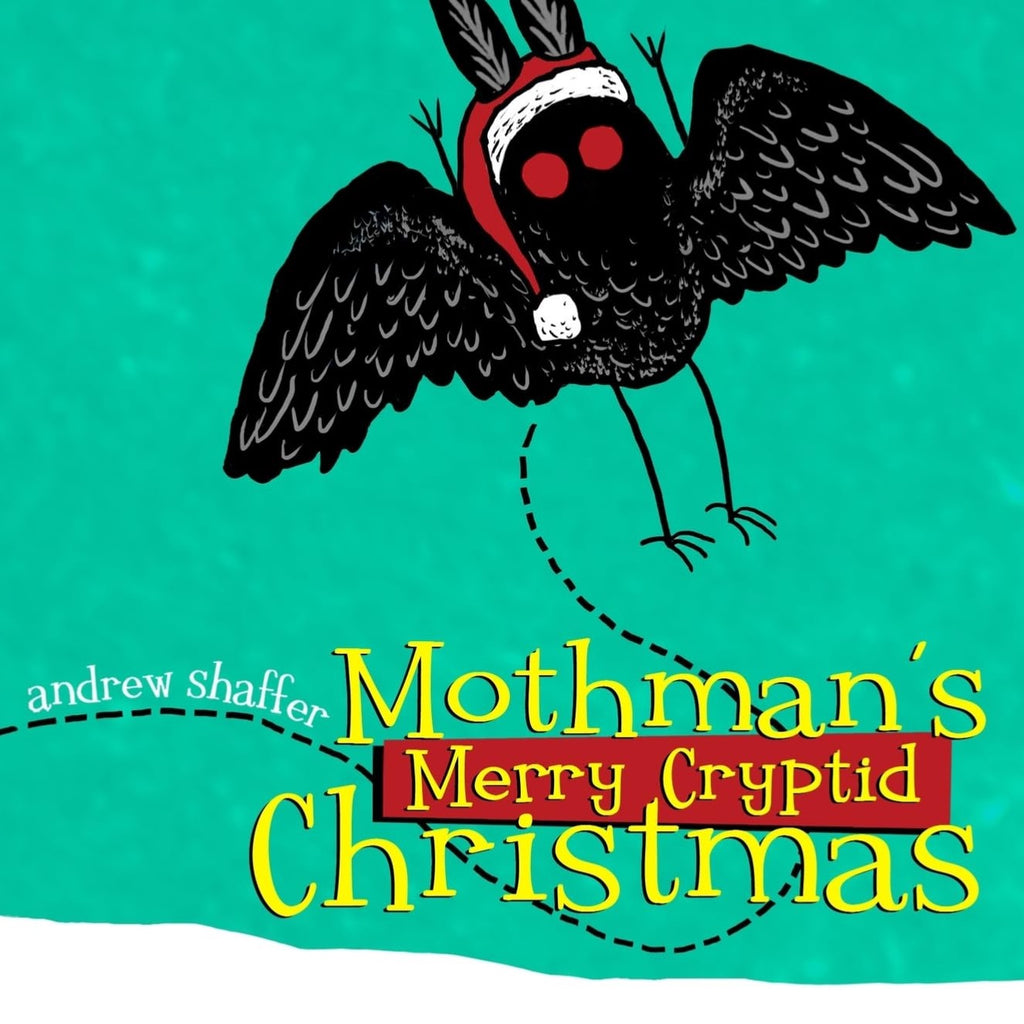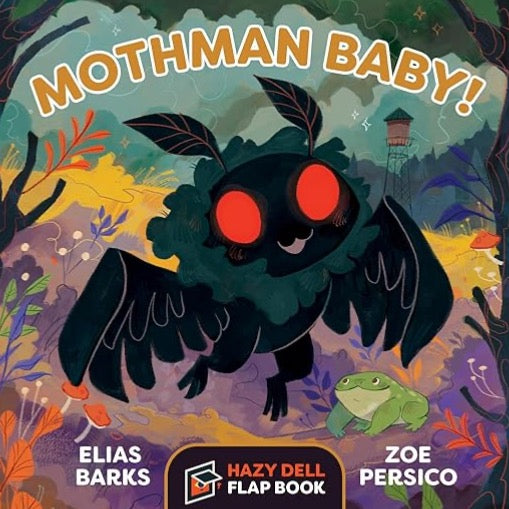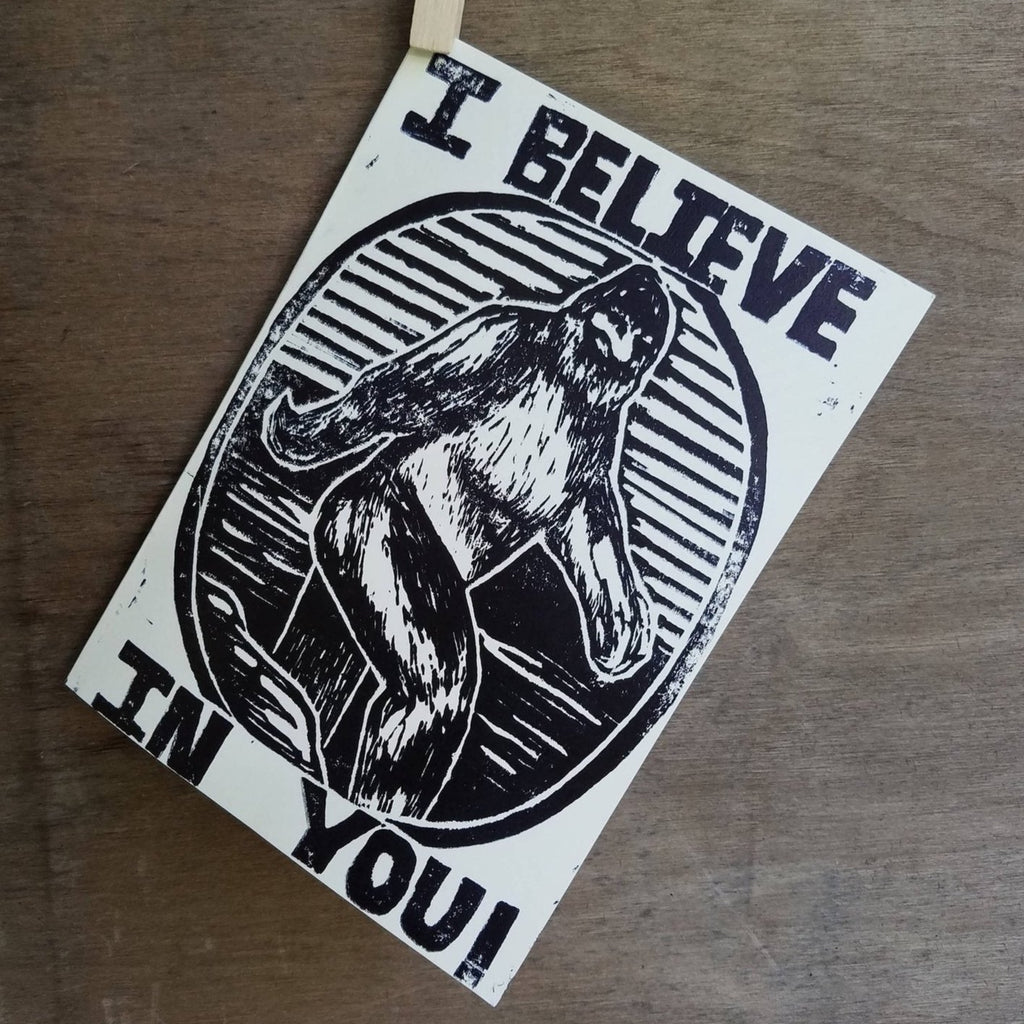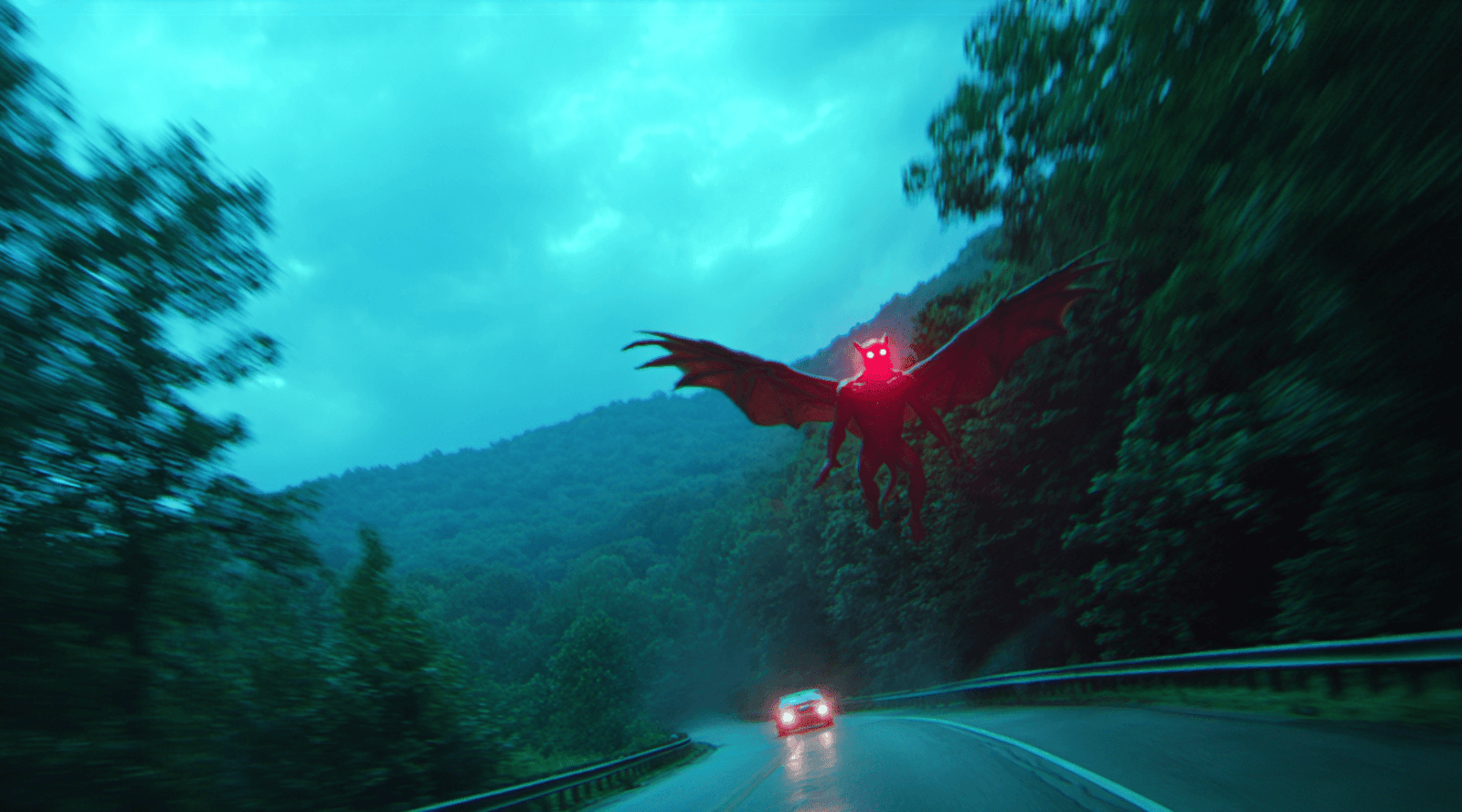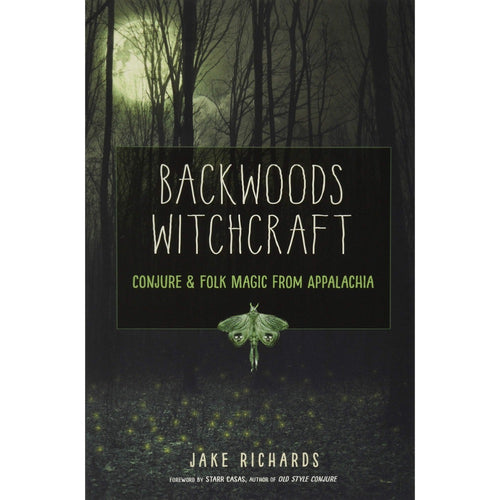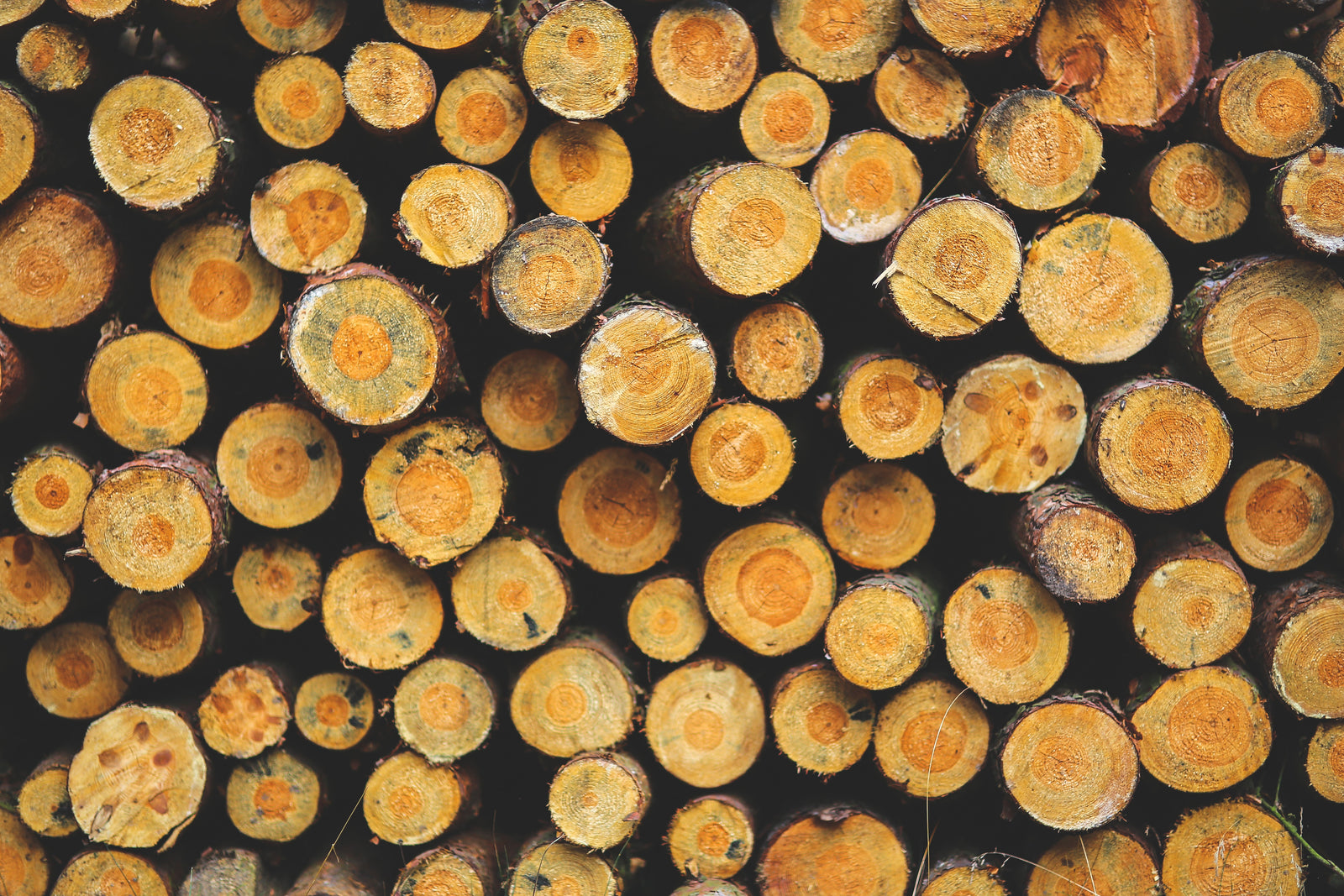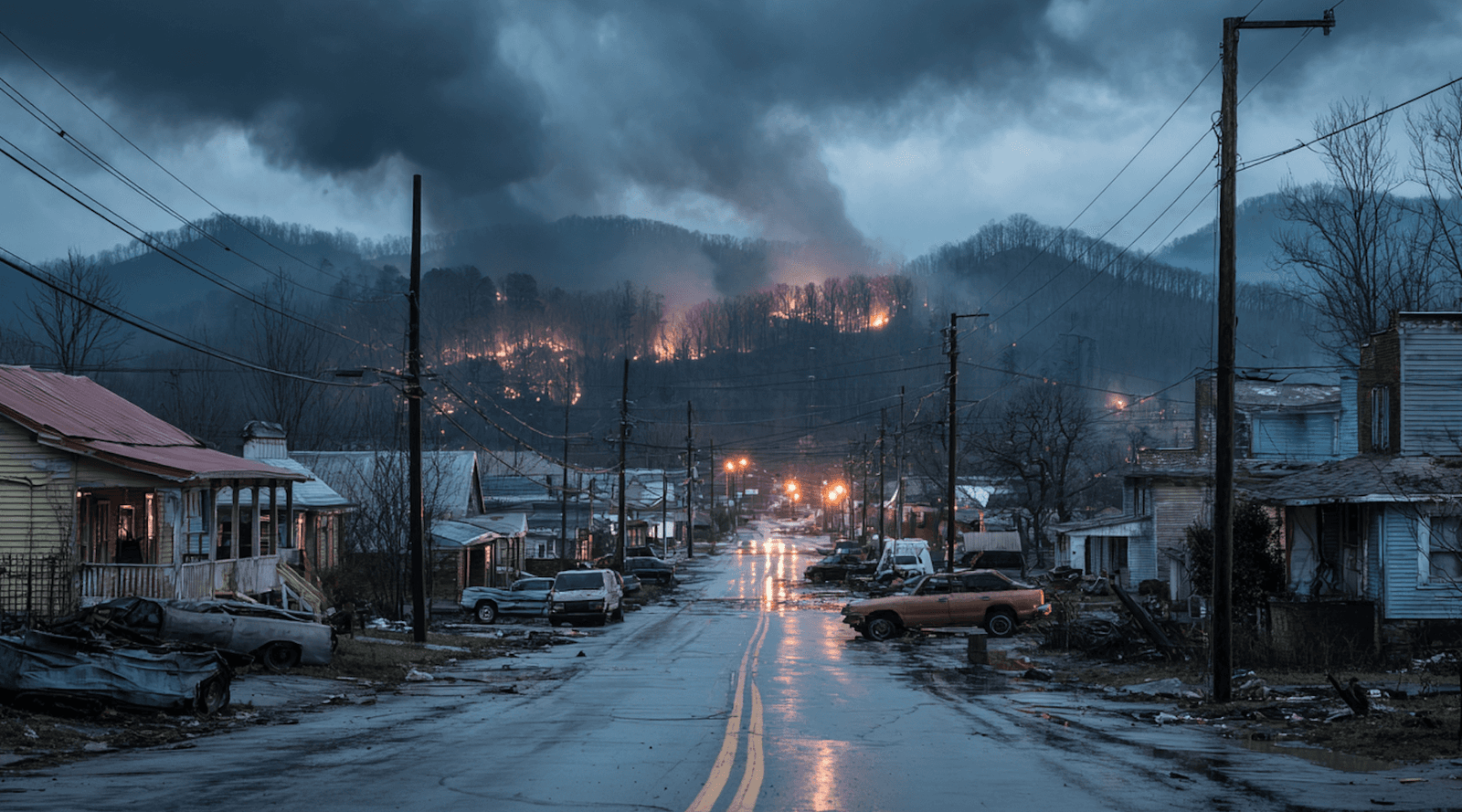
A VISION OF APPALACHIA, POST-APOCALYPSE, BY MIDJOURNEY.
It’s hard to say why, but creators love using Appalachia as the setting for civilization’s collapse.
We can’t stop imagining the end of the world. From floods and plagues to AI uprisings and mushroom clouds, pop culture treats the apocalypse like a creative playground — a way to rehearse loss and reinvention from the safety of our couches.
That fascination takes on a distinctly Appalachian flavor in writer Tim Earley’s “Holler: An Appalachian Apocalypse for Savage Worlds.” In this tabletop, roleplaying game, players inhabit an eerily enchanted landscape ruled by “Big Boys” — monstrous industrial barons who poison rivers, strip-mine hillsides, and choke the air with a toxic fog called the Blight.
Tim, who grew up in Rutherfordton, North Carolina, said he tried to create “a mythic Appalachia, sealed off from the rest of the world, dominated by robber baron tycoons. Heroes in the game attempt to organize an uprising against these oppressive forces.”
His totalitarian version of Appalachia isn’t entirely unfounded. As industrialization grew in the mid-1800s, local coal companies were absorbed or edged out by large operators from outside the region and area residents began to be treated like serfs — forced to live in company-provided housing and paid in scrip, a form of currency that could only be used at company-owned stores.
Soon after, labor movements swept the nation, and striking coal miners were met with violence that eventually escalated into the largest armed insurrection in U.S. history, the Battle of Blair Mountain. During this 1921 West Virginia uprising, over 10,000 miners clashed with coal company thugs until federal troops intervened.
Like Tim, countless artists have turned to Appalachia’s haunting beauty as staging for the world’s end. Perhaps it’s because the woods have always been seen as perilous — think “Hansel and Gretel" — or maybe stereotypes about lawless hillbillies remain ripe in their imaginations. Whatever the case, here are a few of our favorite apocalyptic visions of Appalachia.
"FALLOUT 76"
REIMAGINES WEST VIRGINIA AS A POST-NUCLEAR FRONTIER.
In Bethesda Game Studio’s hit video game “Fallout 76,” players are dropped into West Virginia decades after a nuclear disaster. The landscape is both eerie and familiar — its forests teeming with cryptids like Mothman and the Flatwoods Monster, its coal towns frozen in time, its hollers echoing with twangy John Denver covers. The game is an eerie love letter to the Mountain State, blending local folklore and real landmarks into a vision of apocalypse that still feels unmistakably Appalachian.
“THE HUNGER GAMES"
TURNS COAL COUNTRY INTO A DYSTOPIAN ARENA.
Long before she became the Mockingjay, Katniss Everdeen was a coal miner’s daughter from District 12 — which was once “a place called Appalachia” according to one of "The Hunger Games" prequels. The stories crafted by author Susan Collins are born of hard ground, where poverty and defiance grow side by side. The first film adaptation of the blockbuster book series brought that fictional world to life in North Carolina, with scenes filmed in DuPont State Recreational Forest, the North Fork Reservoir, and other locations around the state.
MONSTERS & MAGIC IN APPALACHIA
Every purchase helps keep our Appalachian magazine alive and thriving.
"THE ROAD"
REDUCES SURVIVAL TO LOVE AND ASH.
Cormac McCarthy never names his setting, but scholars speculate that the ash-covered mountains and empty highways of his novel “The Road” trace a path through East Tennessee. In this scorched landscape, a father and son push a shopping cart south, scavenging for food and hope in a world long since burned away. The farther they walk, the thinner the line between love and survival becomes — a quiet testament to what endures after everything else is gone.
"TRASHLANDS"
ENVISIONS A PLASTICS-FLOODED APPALACHIA.
In Alison Stine’s novel “Trashlands,” catastrophic floods have come and gone, leaving the remnants of Appalachian coal country buried under water and waste. In this drowned world, Coral, a “plucker,” scavenges the rivers and forests for scraps. But when a reporter from the coast arrives, Coral glimpses the possibility of something more. As Publishers Weekly put it, this “painful, thought-provoking apocalypse noir fires on all cylinders.”


